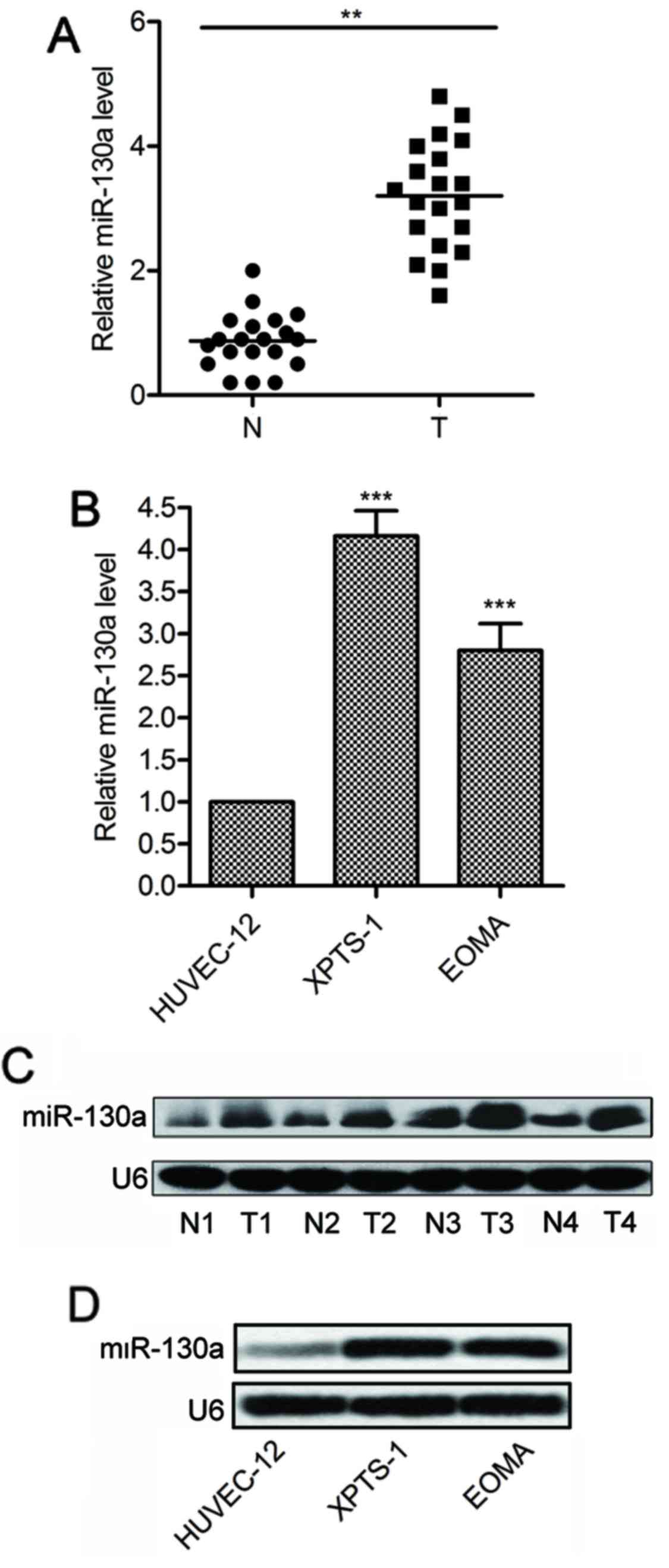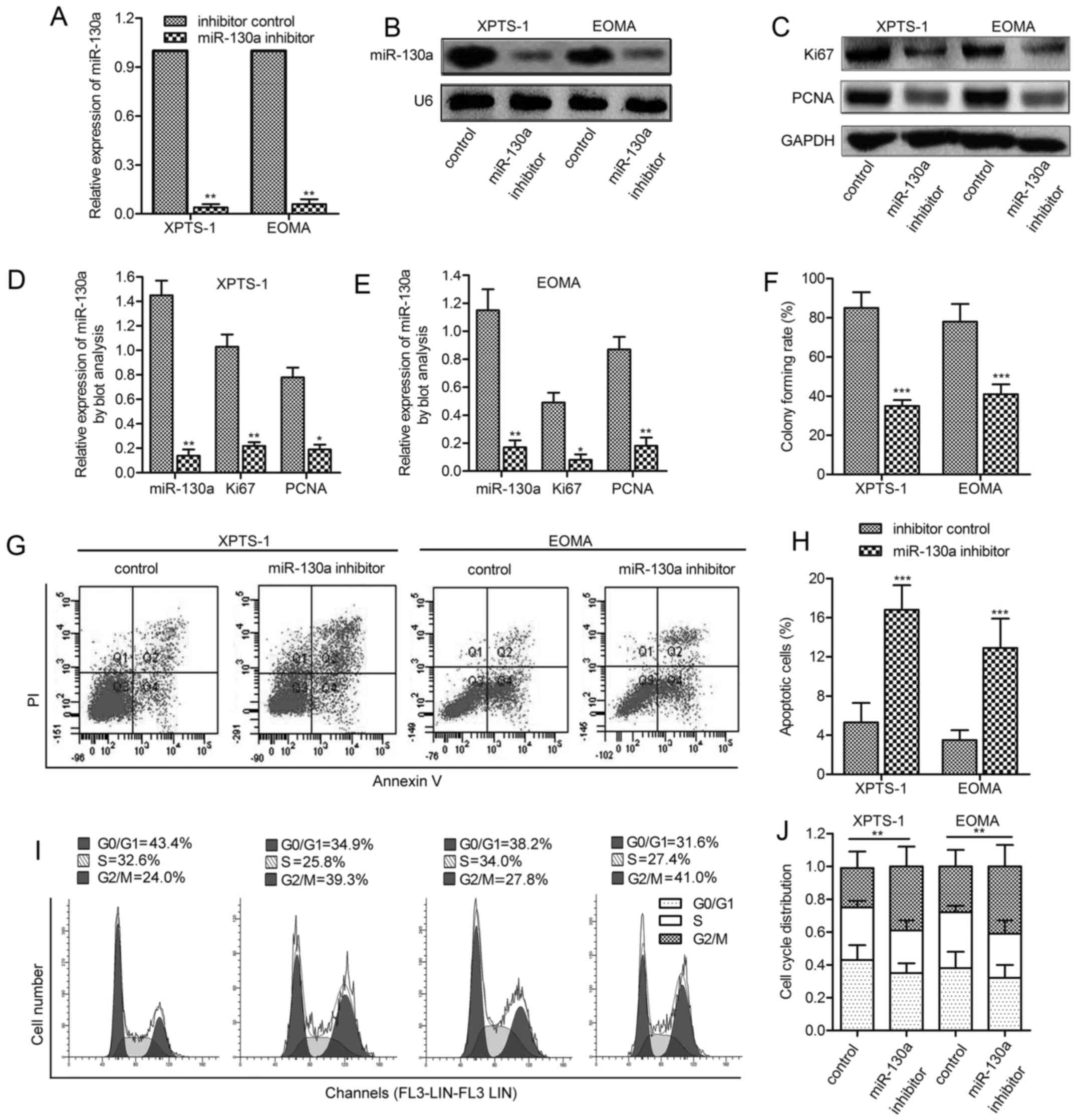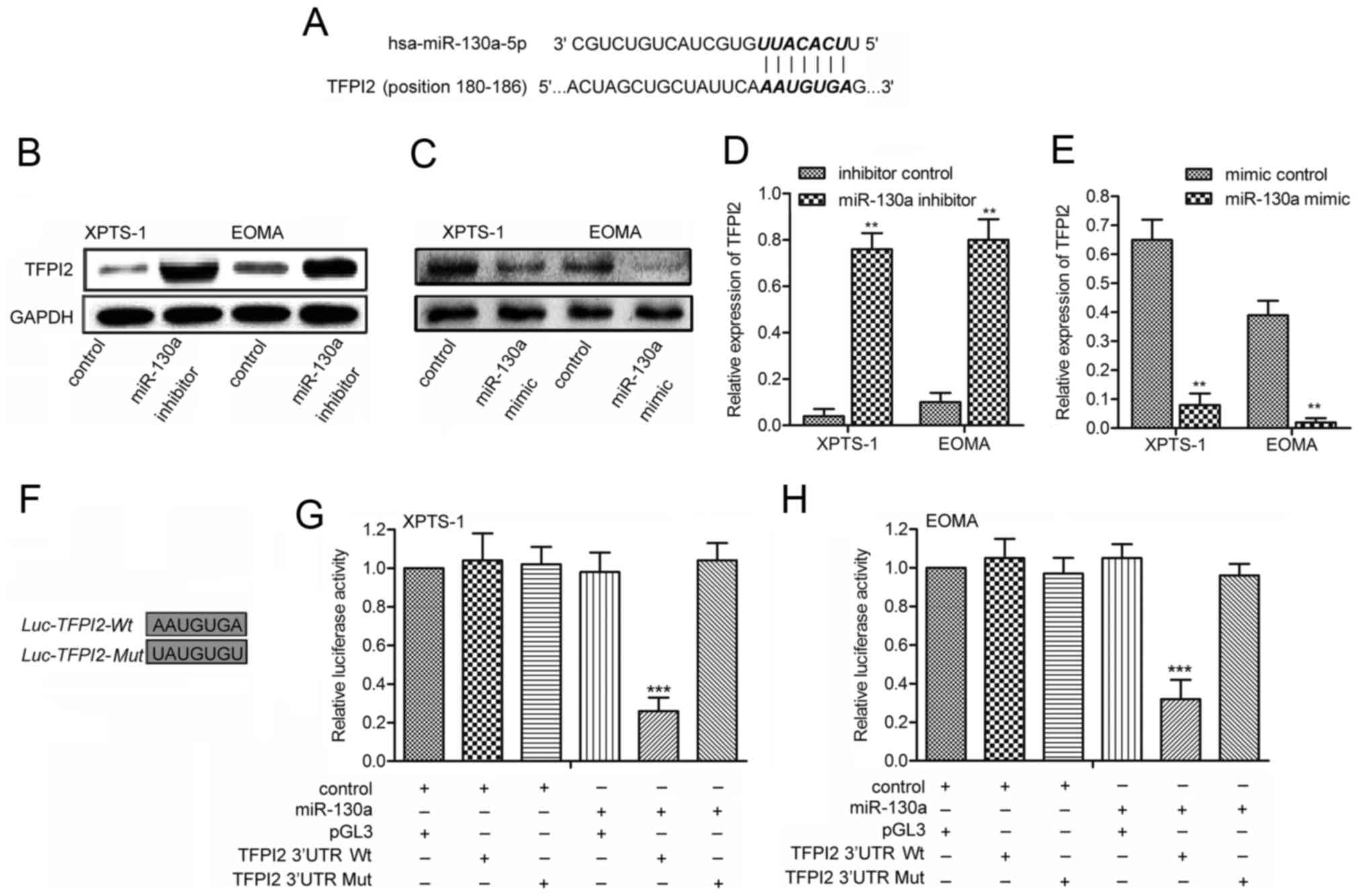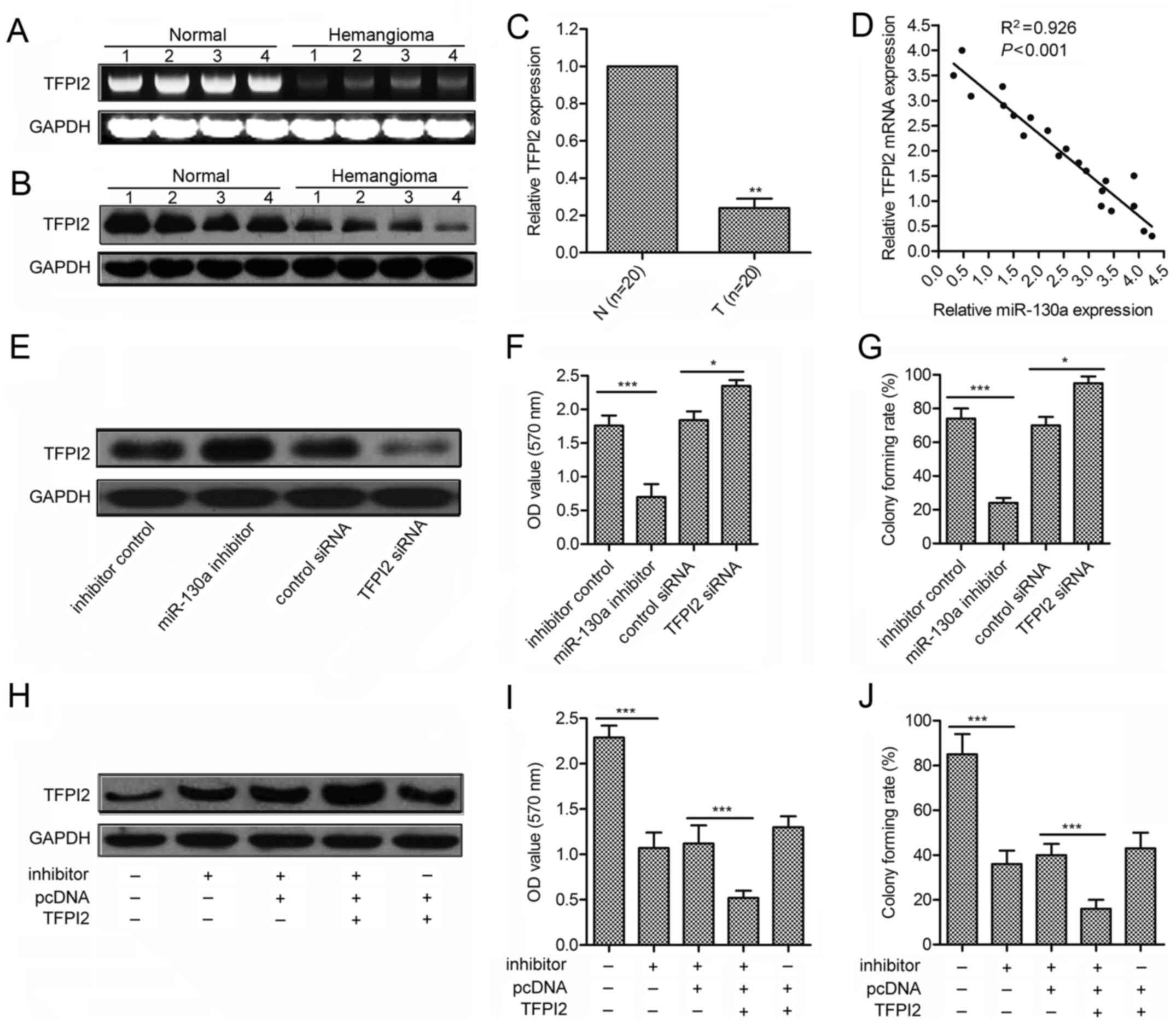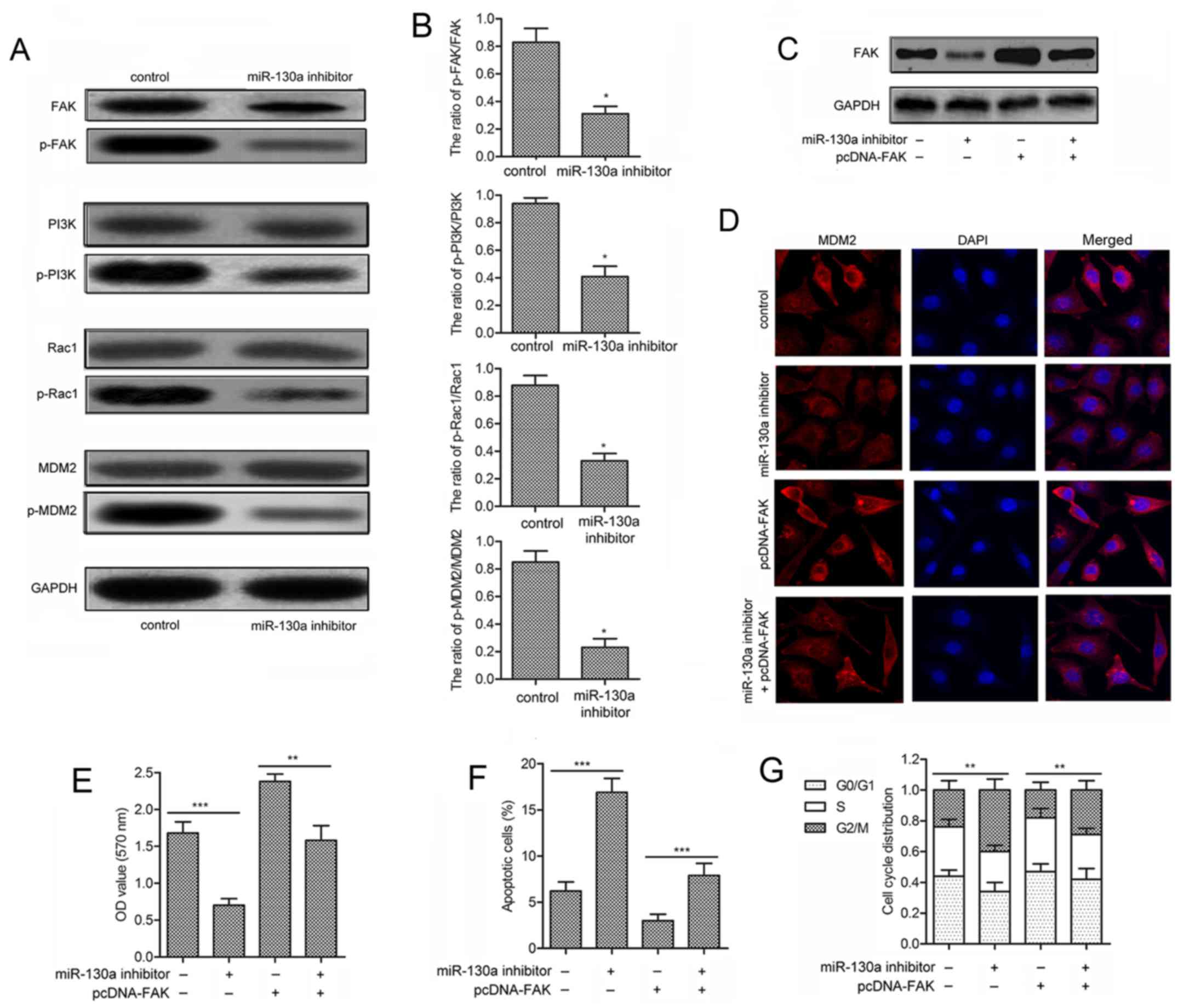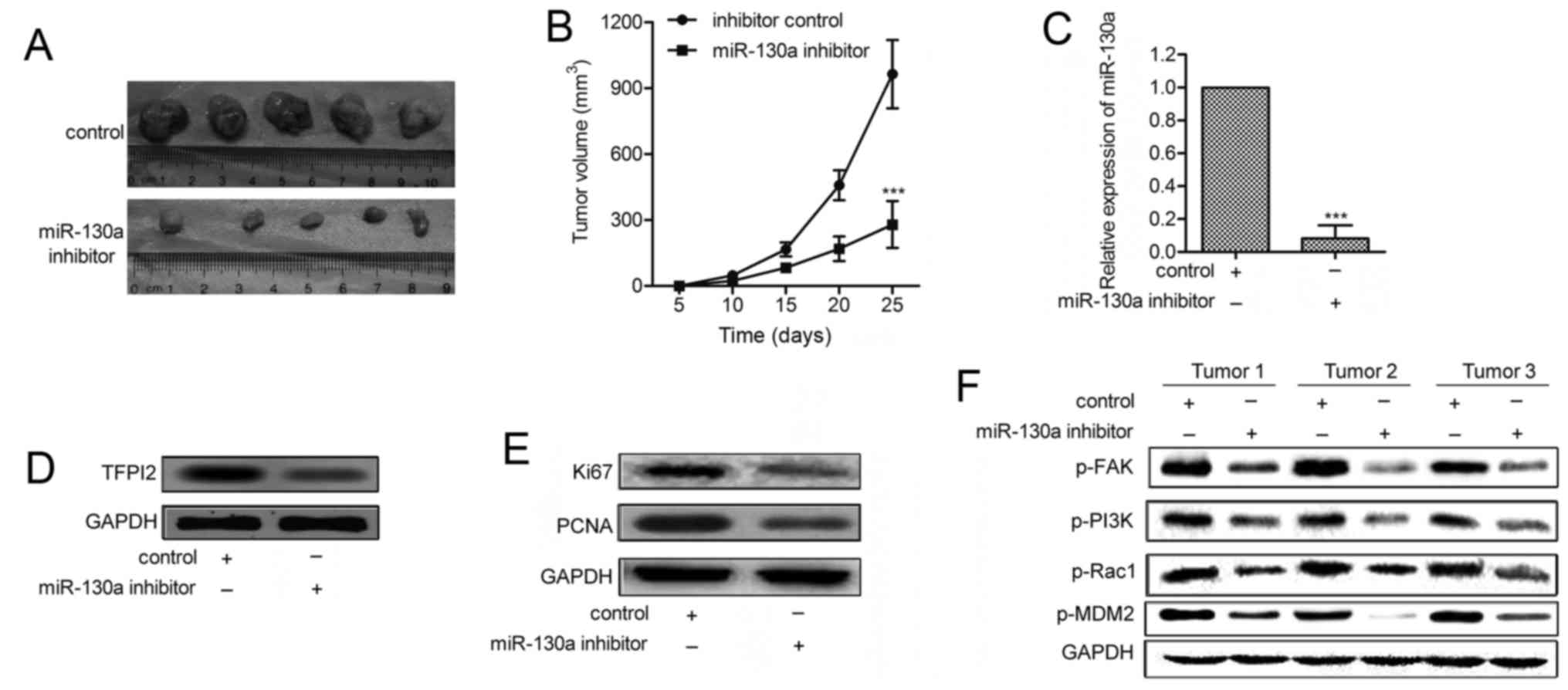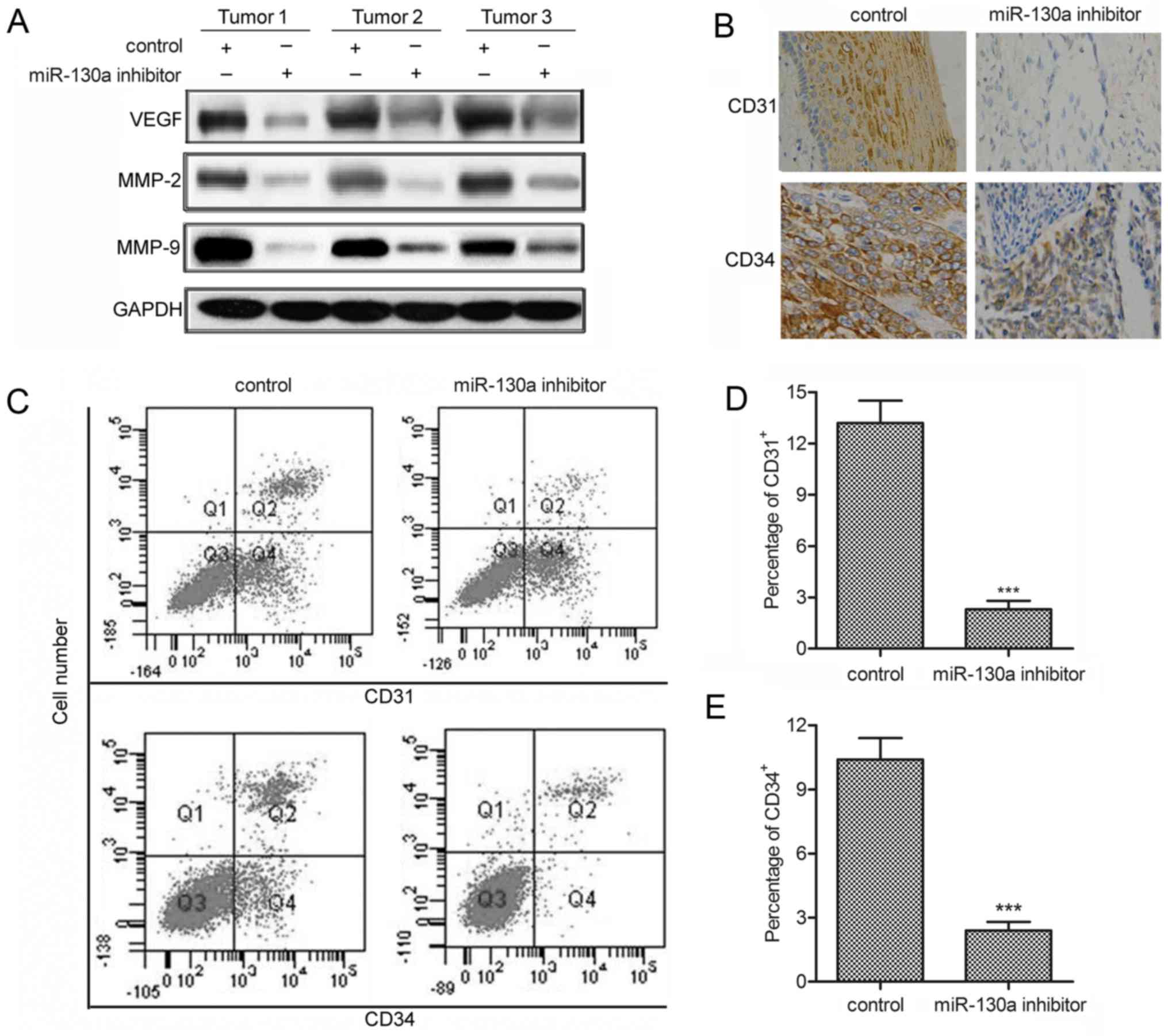|
1
|
Itinteang T, Tan ST, Brasch HD, Steel R,
Best HA, Vishvanath A, Jia J and Day DJ: Infantile haemangioma
expresses embryonic stem cell markers. J Clin Pathol. 65:394–398.
2012. View Article : Google Scholar : PubMed/NCBI
|
|
2
|
Greenberger S, Adini I, Boscolo E,
Mulliken JB and Bischoff J: Targeting NF-κB in infantile
hemangioma-derived stem cells reduces VEGF-A expression.
Angiogenesis. 13:327–335. 2010. View Article : Google Scholar : PubMed/NCBI
|
|
3
|
Waner M, North PE, Scherer KA, Frieden IJ,
Waner A and Mihm MC Jr: The nonrandom distribution of facial
hemangiomas. Arch Dermatol. 139:869–875. 2003. View Article : Google Scholar : PubMed/NCBI
|
|
4
|
Shao RZ, Zhao DH and Li J: Treatment of
infantile hemangioma by intralesional injection of propranolol
combined with compound betamethasone. Eur Rev Med Pharmacol Sci.
20:751–755. 2016.PubMed/NCBI
|
|
5
|
Villalba-Moreno AM, Cotrina-Luque J, Del
Vayo-Benito CA, Flores-Moreno S and Bautista-Paloma FJ: Nadolol for
the treatment of infantile hemangioma. Am J Health Syst Pharm.
72:44–46. 2015. View Article : Google Scholar
|
|
6
|
Furuta S, Sato H, Tsuji S, Murakami F and
Kitagawa H: Effective treatment for infantile hemangioma with
long-pulsed dye laser with oral propranolol medication: A
preliminary report. Pediatr Surg Int. 32:857–862. 2016. View Article : Google Scholar : PubMed/NCBI
|
|
7
|
Duan J, Zhang H, Qu Y, Deng T, Huang D,
Liu R, Zhang L, Bai M, Zhou L, Ying G, et al: Onco-miR-130 promotes
cell proliferation and migration by targeting TGFβR2 in gastric
cancer. Oncotarget. 7:44522–44533. 2016.PubMed/NCBI
|
|
8
|
Anand S, Majeti BK, Acevedo LM, Murphy EA,
Mukthavaram R, Scheppke L, Huang M, Shields DJ, Lindquist JN,
Lapinski PE, et al: MicroRNA-132-mediated loss of p120RasGAP
activates the endothelium to facilitate pathological angiogenesis.
Nat Med. 16:909–914. 2010. View
Article : Google Scholar : PubMed/NCBI
|
|
9
|
Egawa H, Jingushi K, Hirono T, Ueda Y,
Kitae K, Nakata W, Fujita K, Uemura M, Nonomura N and Tsujikawa K:
The miR-130 family promotes cell migration and invasion in bladder
cancer through FAK and Akt phosphorylation by regulating PTEN. Sci
Rep. 6:205742016. View Article : Google Scholar : PubMed/NCBI
|
|
10
|
Yang Y, Yang L, Liang X and Zhu G:
MicroRNA-155 promotes atherosclerosis inflammation via targeting
SOCS1. Cell Physiol Biochem. 36:1371–1381. 2015. View Article : Google Scholar : PubMed/NCBI
|
|
11
|
Zheng SL, Stevens VL, Wiklund F, Isaacs
SD, Sun J, Smith S, Pruett K, Wiley KE, Kim ST, Zhu Y, et al: Two
independent prostate cancer risk-associated loci at 11q13. Cancer
Epidemiol Biomarkers Prev. 18:1815–1820. 2009. View Article : Google Scholar : PubMed/NCBI
|
|
12
|
Jiang H, Yu WW, Wang LL and Peng Y:
miR-130a acts as a potential diagnostic biomarker and promotes
gastric cancer migration, invasion and proliferation by targeting
RUNX3. Oncol Rep. 34:1153–1161. 2015.PubMed/NCBI
|
|
13
|
Feng Y, Zhou S, Li G, Hu C, Zou W, Zhang H
and Sun L: Nuclear factor-κB-dependent microRNA-130a upregulation
promotes cervical cancer cell growth by targeting phosphatase and
tensin homolog. Arch Biochem Biophys. 598:57–65. 2016. View Article : Google Scholar : PubMed/NCBI
|
|
14
|
Li Q, Wu Y, Zhang J, Yi T and Li W:
MicroRNA-130a regulates cell malignancy by targeting RECK in
chronic myeloid leukemia. Am J Transl Res. 8:955–967.
2016.PubMed/NCBI
|
|
15
|
Zheng H, Dong X, Liu N, Xia W, Zhou L and
Chen X, Yang Z and Chen X: Regulation and mechanism of mouse
miR-130a/b in metabolism-related inflammation. Int J Biochem Cell
Biol. 74:72–83. 2016. View Article : Google Scholar : PubMed/NCBI
|
|
16
|
Chen Y and Gorski DH: Regulation of
angiogenesis through a microRNA (miR-130a) that down-regulates
antiangiogenic homeobox genes GAX and HOXA5. Blood. 111:1217–1226.
2008. View Article : Google Scholar
|
|
17
|
Herman MP, Sukhova GK, Kisiel W, Foster D,
Kehry MR, Libby P and Schönbeck U: Tissue factor pathway
inhibitor-2 is a novel inhibitor of matrix metalloproteinases with
implications for atherosclerosis. J Clin Invest. 107:1117–1126.
2001. View
Article : Google Scholar : PubMed/NCBI
|
|
18
|
Chand HS, Foster DC and Kisiel W:
Structure, function and biology of tissue factor pathway
inhibitor-2. Thromb Haemost. 94:1122–1130. 2005.
|
|
19
|
Seppälä M, Wahlström T and Bohn H:
Circulating levels and tissue localization of placental protein
five (PP5) in pregnancy and trophoblastic disease: Absence of PP5
expression in the malignant trophoblast. Int J Cancer. 24:6–10.
1979. View Article : Google Scholar : PubMed/NCBI
|
|
20
|
Hong J, Liu R, Chen L, Wu B, Yu J, Gao W,
Pan J, Luo X and Shi H: Conditional knockout of tissue factor
pathway inhibitor 2 in vascular endothelial cells accelerates
atherosclerotic plaque development in mice. Thromb Res.
137:148–156. 2016. View Article : Google Scholar
|
|
21
|
Zhai LL, Wu Y, Cai CY and Tang ZG:
Upregulated matrix metalloproteinase-2 and downregulated tissue
factor pathway inhibitor-2 are risk factors for lymph node
metastasis and perineural invasion in pancreatic carcinoma. Onco
Targets Ther. 8:2827–2834. 2015. View Article : Google Scholar : PubMed/NCBI
|
|
22
|
Sun FK, Sun Q, Fan YC, Gao S, Zhao J, Li
F, Jia YB, Liu C, Wang LY, Li XY, et al: Methylation of tissue
factor pathway inhibitor 2 as a prognostic biomarker for
hepatocellular carcinoma after hepatectomy. J Gastroenterol
Hepatol. 31:484–492. 2016. View Article : Google Scholar
|
|
23
|
Dong Y, Tan Q, Tao L, Pan X, Pang L, Liang
W, Liu W, Zhang W, Li F and Jia W: Hypermethylation of TFPI2
correlates with cervical cancer incidence in the Uygur and Han
populations of Xinjiang, China. Int J Clin Exp Pathol. 8:1844–1854.
2015.PubMed/NCBI
|
|
24
|
Crawley JT, Goulding DA, Ferreira V,
Severs NJ and Lupu F: Expression and localization of tissue factor
pathway inhibitor-2 in normal and atherosclerotic human vessels.
Arterioscler Thromb Vasc Biol. 22:218–224. 2002. View Article : Google Scholar : PubMed/NCBI
|
|
25
|
Liu J, Ma L, Li C, Zhang Z, Yang G and
Zhang W: Tumor-targeting TRAIL expression mediated by miRNA
response elements suppressed growth of uveal melanoma cells. Mol
Oncol. 7:1043–1055. 2013. View Article : Google Scholar : PubMed/NCBI
|
|
26
|
Wang FQ, Chen G, Zhu JY, Zhang W, Ren JG,
Liu H, Sun ZJ, Jia J and Zhao YF: M2-polarised macrophages in
infantile haemangiomas: Correlation with promoted angiogenesis. J
Clin Pathol. 66:1058–1064. 2013. View Article : Google Scholar : PubMed/NCBI
|
|
27
|
Liang MG and Frieden IJ: Infantile and
congenital hemangiomas. Semin Pediatr Surg. 23:162–167. 2014.
View Article : Google Scholar : PubMed/NCBI
|
|
28
|
Witman PM, Wagner AM, Scherer K, Waner M
and Frieden IJ: Complications following pulsed dye Laser treatment
of superficial hemangiomas. Lasers Surg Med. 38:116–123. 2006.
View Article : Google Scholar : PubMed/NCBI
|
|
29
|
Pandey A, Gangopadhyay AN, Sharma SP,
Kumar V, Gupta DK and Gopal SC: Evaluation of topical steroids in
the treatment of superficial hemangioma. Skinmed. 8:9–11.
2010.PubMed/NCBI
|
|
30
|
Xu N, Shen C, Luo Y, Xia L, Xue F, Xia Q
and Zhang J: Upregulated miR-130a increases drug resistance by
regulating RUNX3 and Wnt signaling in cisplatin-treated HCC cell.
Biochem Biophys Res Commun. 425:468–472. 2012. View Article : Google Scholar : PubMed/NCBI
|
|
31
|
Bertero T, Cottrill K, Krauszman A, Lu Y,
Annis S, Hale A, Bhat B, Waxman AB, Chau BN, Kuebler WM, et al: The
microRNA-130/301 family controls vasoconstriction in pulmonary
hypertension. J Biol Chem. 290:2069–2085. 2015. View Article : Google Scholar :
|
|
32
|
Chen J, Yan D, Wu W, Zhu J, Ye W and Shu
Q: MicroRNA-130a promotes the metastasis and epithelial-mesenchymal
transition of osteosarcoma by targeting PTEN. Oncol Rep.
35:3285–3292. 2016.PubMed/NCBI
|
|
33
|
Liu Y, Li Y, Wang R, Qin S, Liu J, Su F,
Yang Y, Zhao F, Wang Z and Wu Q: MiR-130a-3p regulates cell
migration and invasion via inhibition of Smad4 in gemcitabine
resistant hepatoma cells. J Exp Clin Cancer Res. 35:192016.
View Article : Google Scholar : PubMed/NCBI
|
|
34
|
Brock M, Haider TJ, Vogel J, Gassmann M,
Speich R, Trenkmann M, Ulrich S, Kohler M and Huber LC: The
hypoxia-induced microRNA-130a controls pulmonary smooth muscle cell
proliferation by directly targeting CDKN1A. Int J Biochem Cell
Biol. 61:129–137. 2015. View Article : Google Scholar : PubMed/NCBI
|
|
35
|
Mclean GW, Carragher NO, Avizienyte E,
Evans J, Brunton VG and Frame MC: The role of focal-adhesion kinase
in cancer - a new therapeutic opportunity. Nat Rev Cancer.
5:505–515. 2005. View Article : Google Scholar : PubMed/NCBI
|
|
36
|
Gu S, Kounenidakis M, Schmidt EM,
Deshpande D, Alkahtani S, Alarifi S, Föller M, Alevizopoulos K,
Lang F and Stournaras C: Rapid activation of
FAK/mTOR/p70S6K/PAK1-signaling controls the early
testosterone-induced actin reorganization in colon cancer cells.
Cell Signal. 25:66–73. 2013. View Article : Google Scholar : PubMed/NCBI
|
|
37
|
Bhat SS, Parray AA, Mushtaq U, Fazili KM
and Khanday FA: Actin depolymerization mediated loss of SNTA1
phosphorylation and Rac1 activity has implications on ROS
production, cell migration and apoptosis. Apoptosis. 21:737–748.
2016. View Article : Google Scholar : PubMed/NCBI
|
|
38
|
Tejada-Simon MV: Modulation of actin
dynamics by Rac1 to target cognitive function. J Neurochem.
133:767–779. 2015. View Article : Google Scholar : PubMed/NCBI
|
|
39
|
Kallergi G, Agelaki S, Markomanolaki H,
Georgoulias V and Stournaras C: Activation of FAK/PI3K/Rac1
signaling controls actin reorganization and inhibits cell motility
in human cancer cells. Cell Physiol Biochem. 20:977–986. 2007.
View Article : Google Scholar : PubMed/NCBI
|
|
40
|
Yang L, Zhou Q, Chen X, Su L, Liu B and
Zhang H: Activation of the FAK/PI3K pathway is crucial for
AURKA-induced epithelial-mesenchymal transition in laryngeal
cancer. Oncol Rep. 36:819–826. 2016.PubMed/NCBI
|
|
41
|
Wang SQ, Wang C, Chang LM, Zhou KR, Wang
JW, Ke Y, Yang DX, Shi HG, Wang R, Shi XL, et al: Geridonin and
paclitaxel act synergistically to inhibit the proliferation of
gastric cancer cells through ROS-mediated regulation of the
PTEN/PI3K/Akt pathway. Oncotarget. 7:72990–73002. 2016.PubMed/NCBI
|
|
42
|
Greenberger S, Boscolo E, Adini I,
Mulliken JB and Bischoff J: Corticosteroid suppression of VEGF-A in
infantile hemangioma-derived stem cells. N Engl J Med.
362:1005–1013. 2010. View Article : Google Scholar : PubMed/NCBI
|
|
43
|
Thaivalappil S, Bauman N, Saieg A, Movius
E, Brown KJ and Preciado D: Propranolol-mediated attenuation of
MMP-9 excretion in infants with hemangiomas. JAMA Otolaryngol Head
Neck Surg. 139:1026–1031. 2013. View Article : Google Scholar : PubMed/NCBI
|
|
44
|
Zhao B, Luo X, Shi H and Ma D: Tissue
factor pathway inhibitor-2 is downregulated by ox-LDL and inhibits
ox-LDL induced vascular smooth muscle cells proliferation and
migration. Thromb Res. 128:179–185. 2011. View Article : Google Scholar : PubMed/NCBI
|



